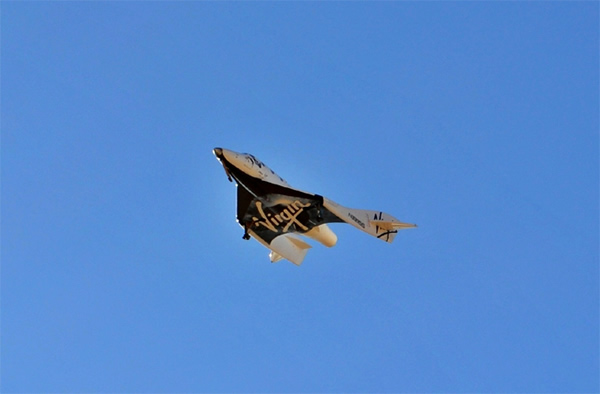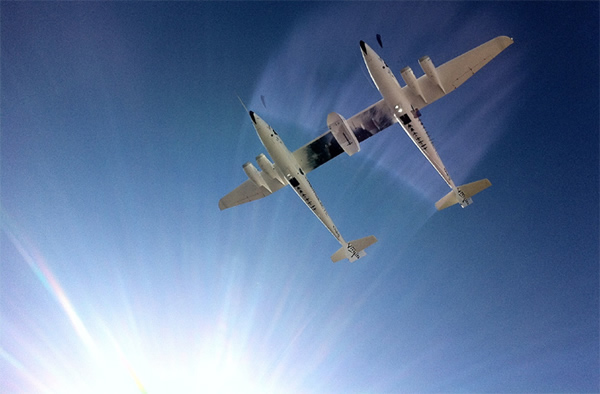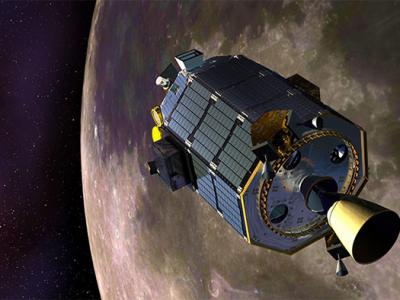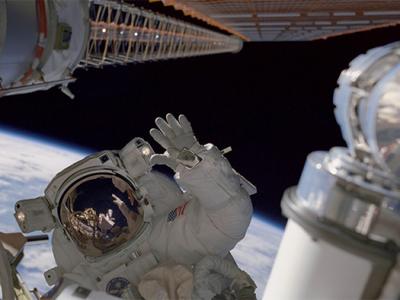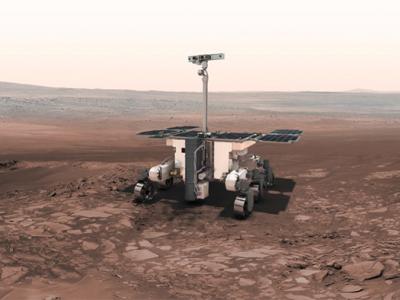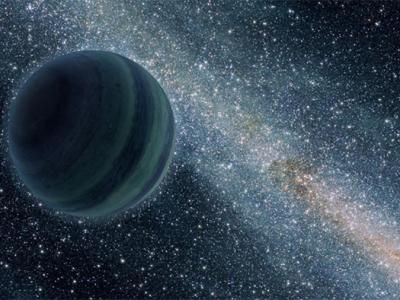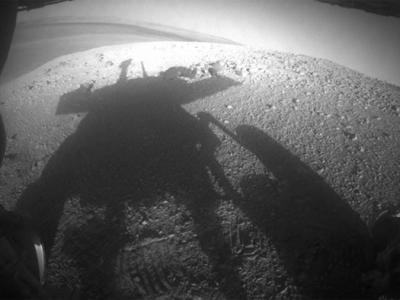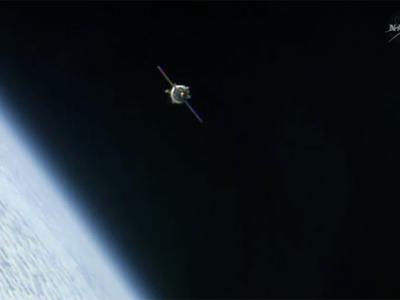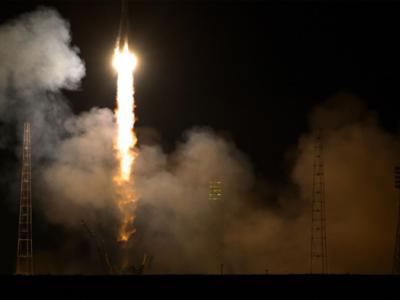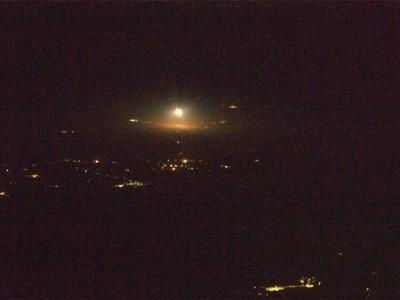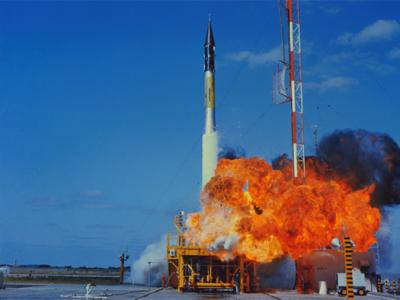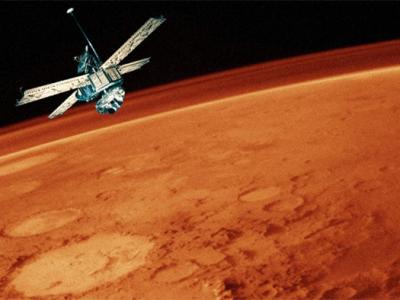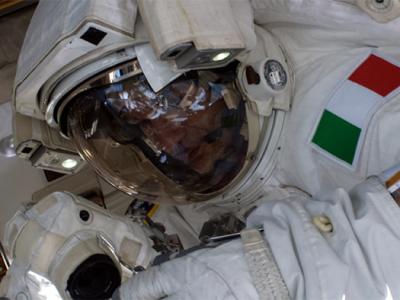Are You Fit Enough to Fly In Space?
Virgin Galactic's SpaceShipTwo undergoing a glide test over the Mojave Desert, Calif. The suborbital vehicle is set to begin commercial operations in 2014.
The view of the Virgin Galactic mothership WhiteKnightTwo from SpaceShipTwo shortly after release before rocketing to the edge of space.
Diabetics, take heart. You may not be as fit as a NASA astronaut but that doesn’t mean you can’t fly in space.
So says a former NASA flight surgeon now working with Virgin Galactic, a U.S. offshoot of Richard Branson’s London-based Virgin group that plans to offer commercial suborbital spaceflight services in the next year or so.
“Virgin right from the very beginning realized that we’re offering spaceflights to some pretty unusual people who are not your typical astronauts, so we needed to address any medical concerns that might come up,” the company’s chief medical officer Jim Vanderploeg told Discovery News.
"Our customer base has a very wide age range, from 20s to 80s. The average age is around 50 and people in that age category and up tend to start having the typical things that we all get as we get older -- high blood pressure, heart problems, diabetes, difficulty breathing with lung problems and so forth. The concern was 'Can these individuals safely undertake a spaceflight?'" Vanderploeg said.
To find out if aging but enthusiastic armchair astronauts could handle the rocket ride to space and the gravitational tugging of return, the company enlisted its first group of fliers to take training runs in centrifuges.
“We put them the g-forces of a spaceflight and they did amazingly well,” Vanderploeg said.
The volunteers first underwent medical screenings to ensure they could safely endure the centrifuge and they were monitored during the training.
The results gave Virgin Galactic confidence that people in their 50s, 60s and 70s, including some with chronic but manageable medical conditions, could safely fly in space, Vanderploeg said.
The Federal Aviation Administration, which oversees commercial spaceflight, also has been researching how non-professional astronauts will handle the stresses of spaceflight.
An FAA study group is recruiting volunteers with chronic medical conditions for testing and monitoring in a centrifuge, which can simulate the various gravity forces experienced during spaceflight.
“We want to make sure the average citizen can not only endure, but also enjoy a spaceflight,” Vanderploeg said.
The FAA study is still underway, but Vanderploeg says preliminary results are promising -- contrary to what a lot of people thought.
“For the most part, just about any medical condition that is well-controlled we think can fly safely,” he said.
Those on the no-fly list including “individuals with significant heart disease that is not correctable either with surgery or medication and individuals who might have an aneurysm in their aorta we don’t want to put through the stress of g-profiles,” Vanderploeg said.
People who have mobility problems that prevent them from getting in and out of the vehicle without major assistance would be a challenge, he added.
So far, about 630 people have signed up to ride on SpaceShipTwo, a six-passenger, two-pilot, air-launched vehicle now being tested at manufacturer Scaled Composites’ facility in Mojave, Calif.
Virgin Galactic recently raised its ticket price from $200,000 to $250,000 per person.
The fee covers a three-day training program and a ride that will take passengers beyond the atmosphere so they can see the curvature of the Earth against the black sky of space and experience several minutes of microgravity.(Sep 30, 2013 07:00 AM ET // by Irene Klotz)
